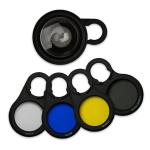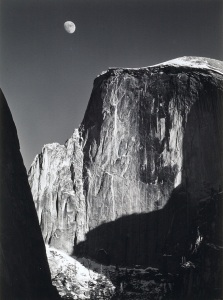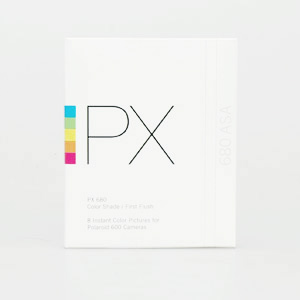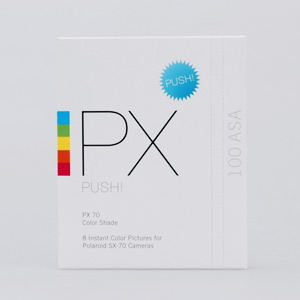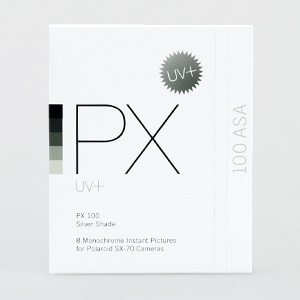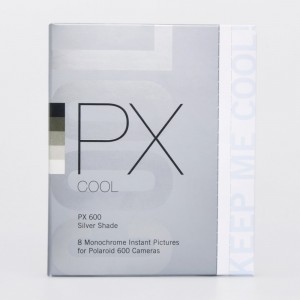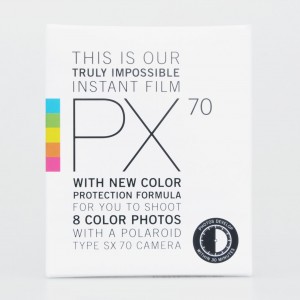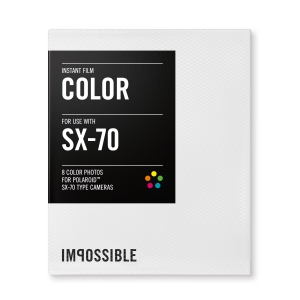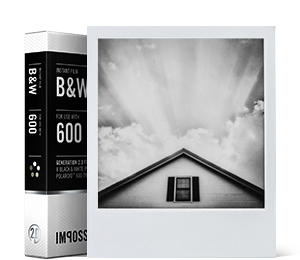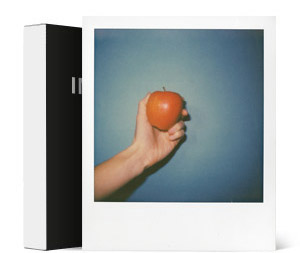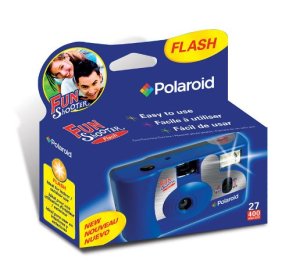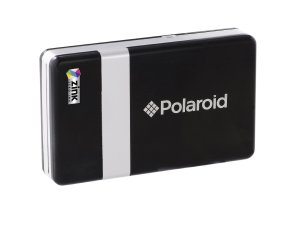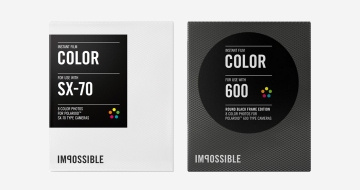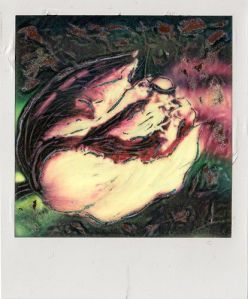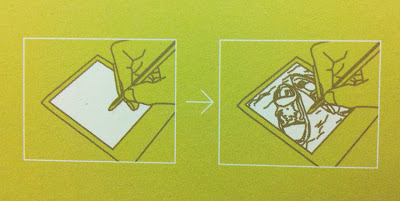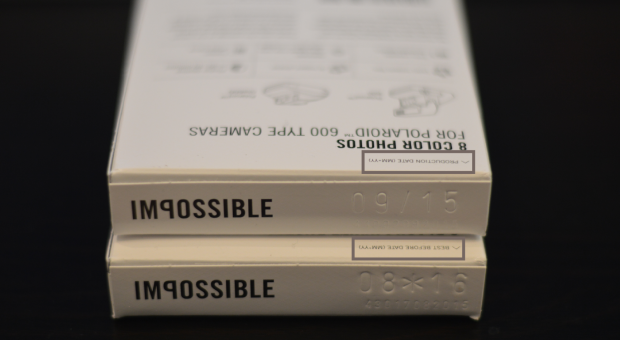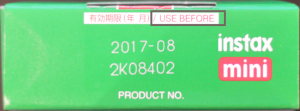Even when we use the same Polaroid, the outcome may look so different in a sense that the pictures have various tones. Some are yellowish and reddish, while some may have the blue toned.
What to determine the tone of a picture? Is it related to the camera or the film? We list out 4 major factors to clear your mind.
1. Weather/ physical condition

Photographer: On Chan / Location: Ethiopia, Africa
Instant film is highly sensitive to temps. When you shoot in a freezing cold place (e.g. -10°C to -15°C/ 14°F to 5°F and below), the photos tend to look bluish, lightened and less contrasted. And the heat does affect the film. Under hot weather of 35°C to 40°C/ 95°F to 104°F and above, the images all turn out with a reddish or yellowish overtone.

Photographer: Ming Chan / Location: Hokkaido, Japan
The tone of colour varies under different temperatures. In other words, it depends on how cold/warm you are placing the photo for development. For the Impossible’s current generation of films (mid 2016), the full development takes 20-30 minutes. During this period of time, if the temperature is around 10°C to 15°C/ 50°F to 59°F, the image tends to look bluish, whereas if the temperature is above 30°C/ 86°F, the image tends to look reddish.
2. Source of light
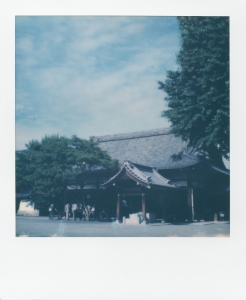
Photographer: Eric Luk / Camera: SLR670-S / Film: Color Film for 600
It is also related to the colour temperature of light source. Sun is actually appearing bluish in hue, but incandescent light bulbs eject light in yellow. Our eyes have the ability to compensate this colour difference but instant films don’t. So we usually find the bluish image outdoor and yellowish toned indoor shots.
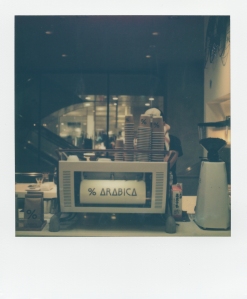
Photographer: Eric Luk / Camera: SLR670-S / Film: Color Film for 600
Instant film is daylight balanced. From sunrise to sunset, dawn to dusk, the amount of sunlight determines the tone of picture, too.
3. Batch of film

Photographer: Simon Bernabel / Film: Color Film for 600
Different batch of film can cause a lot, too. Before mid 2015, Impossible has not come up with the new formula chemical, so the photos were still a little bit reddish and yellowish. Starting from around Apr/ May 2016, Impossible have changed the formula, more chemicals are allowed to spill over. The new films produce more bluish images.

Photographer: Harriet Browse / Film: Color Film for 600
4. The application of filters
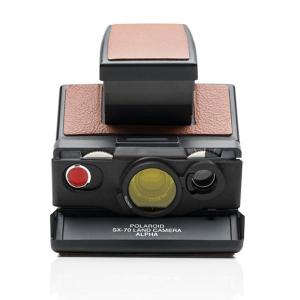
The use of accessories gives the photo a special tone. For instance, the blue filter will raise the colour temperature, filling blue tones all over the canvas.

Photographer: Ming Chan / Accessories: MiNT Lens Set (blue filter)
Therefore, please noted that the colour tone is nothing to do with the camera. It matters most with the film and the environment you are photographing.
